TABLE OF CONTENTS
The Art of
Hojo Undo
POWER TRAINING FOR
TRADITIONAL KARATE
MICHAEL CLARKE
YMAA Publication Center
Wolfeboro, N.H., USA
YMAA Publication Center
Main Office: PO Box 480
Wolfeboro, NH 03894
1-800-669-8892
ISBN: 9781594391361 (print edition) ISBN: 9781594392047 (ebook edition)
All rights reserved including the right of reproduction in whole or in part in any form.
Copyright 2009 by Michael Clarke
Cover design by Axie Breen
Edited by Susan Bullowa
Publishers Cataloging in Publication
Clarke, Michael, 1955
The art of hojo undo : power training for traditional karate / Michael Clarke. -- Wolfeboro, N.H. : YMAA Publication Center, c2009.
p. ; cm.
ISBN: 978-1-59439-136-1
Includes bibliographical references and index.
1. KarateTraining. 2. Martial artsTraining. 3. Muscle strength. I. Title.
| GV1114.3 .C53 2009 | 2009933388 |
| 796.815/3--dc22 | 0909 |
Disclaimer: The author and publisher of this book will not be held responsible in any way for any injury of any nature whatsoever, which may occur to readers, or others, as a direct or indirect result of the information and instruction contained within this book. Anyone unfamiliar with the tools or exercises shown should exercise great care when commencing his own training routine. Hojo undo training is not suitable for children under the age of sixteen or adults who are unable to undergo regular martial arts training. If any doubts exist, consult a doctor before repeating the exercises found in this book.
To Kathy, whose unselfish heart has shown me how to be a better man.
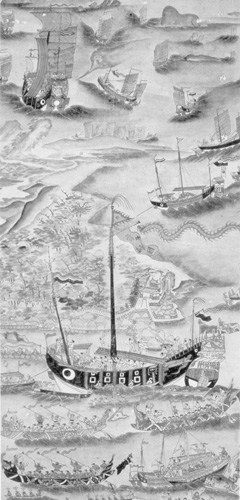
Okinawas black ships traded across southeast Asia
Tsuneo Kinjo, Kyoshi 8th Dan
There is probably no one in the world today who hasn't heard of karate. A number of fighting sports these days have incorporated karate techniques, but how many people can really say they know the difference between traditional karate and sports karate? Karate was the Okinawan people's sole weapon for self protection. In the words of Goju ryu karate founder Chojun Miyagi, Karate is the ability to train your body to the point whereby you can overcome an opponent with one technique without the need for weapons. If you can't do that, you cannot protect yourself.
Sports karate has two branches, kata, which focuses solely on outward appearances and kumite, which is about winning and losing. Traditional karate however is completely different. The secret to traditional karate lies in daily training with the makiwara, chiishi, nigiri gami, kongoken, ishisashi, kigu training, and other hojo undo. All of this combines to train every part of your mind and body and helps foster a bujutsu spirit. Regular daily training is the true essence of traditional karate.
In this book, Mike Clarke has captured the secret of traditional karate power. As an Okinawan it makes me proud that Mike has taken the time to introduce to the world the essence of traditional karate. I hope that this book is well received by everyone throughout the karate world.
Tsuneo Kinjo, Kyoshi 8th Dan
Okinawa Goju Ryu Karate So Honbu, Jundokan
Asato, Okinawa
Tetsuhiro Hokama, Kaicho 10th Dan
I want to offer my congratulations to Mr. Michael Clarke on the publication of his new book. Mr. Clarke loves Okinawa and has come to Okinawa many times for karate training and to learn more about karates history by continuing his own research. His detailed understanding of Okinawan culture is the reason this book can be written because it is about hojo undo, and this comes from our karate tradition.
To write a book like this about karate would be very difficult for an Okinawan karate teacher, but for a foreign karate teacher it must have been even more difficult and taken a great effort and a lot of patience. Mr. Clarke teaches Goju Ryu karate in Australia and has written other books about karate; he is respected by everybody. He is an honorable karate man of the next generation, teaching physical and mental techniques, and is my friend in karate. I highly recommend this book to everybody.
Tetsuhiro Hokama, Kaicho 10th Dan
International Goju-ryu Kenshi-Kai Karatedo-Kobudo Association
Nishihara, Okinawa
Hiroshi Akamine, Kaicho 8th Dan
I first came to meet Michael through a series of interviews. He was doing research on kobudo weapons and wanted background for a number of articles he was writing for Blitz Magazine in Australia. We sat for several hours discussing the aspects of each weapon, what their origins were or could plausibly be, how they were used, what modifications were needed to make them truly effective fighting instruments, how they would be used in various situations, and any unique techniques which were associated with each. Throughout the interviews I was impressed with the effort he made to understand the answers.
When I saw the finished articles I was impressed with how he presented his research in context. He approached the topics as a person who had benefited from years of training; with his open mind, he was very quick to see how training in kobudo highlighted the underlying fundamentals of martial arts. While visiting, Michael noticed our array of machiwara and chiishi, and he asked how we used them in our training. That led to another pleasant conversation on training tools and techniques, which clearly demonstrated the depth of research he had put into this project even back then. I look forward to seeing what he has discovered in other dojo and how he writes about their training techniques and tools.
I recommend this text based on the quality of Michael's work with us on kobudo. I am sure it will be a valuable asset for learning how the tools are used as an extension of training the body and hardening resolve through strict application of effort and technique. These types of works are important in cataloging and transferring methods developed by our own teachers, and they make a fine addition to anyone's martial library.
Hiroshi Akamine, 8thDan
President
Ryukyu Kobudo Hozon Shinko Kai
Tomigusuku, Okinawa
Patrick McCarthy, Hanshi 8th Dan
The work which lies before you is not simply another how to book about karate but rather a penetrating look at Okinawa's principal fighting art, the culture in which it unfolded and one integral aspect of its practice, referred to as hojo undo. A rarely discussed aspect of our tradition, to the best of my knowledge Mike Clarke's work is the first book on this subject. A seasoned karateka and writer, the author's principal aim is to present this important practice in a historical context while revealing something of Okinawan karate culture, too. To this end I am confident that my colleague's publication successfully achieves his intended outcome.
Setting the contextual premise of hojo undo, the author has gone into great detail regarding the history of

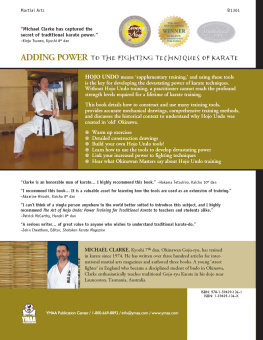

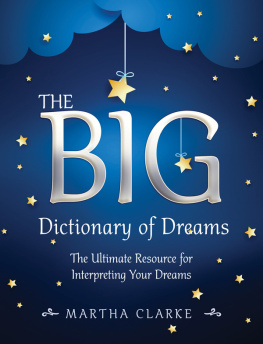
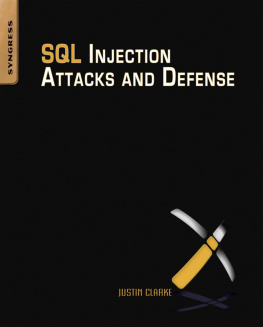
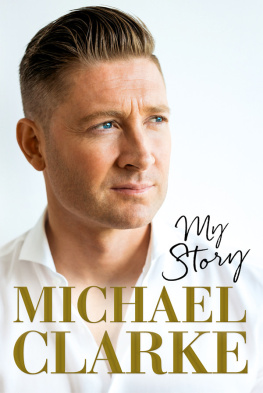
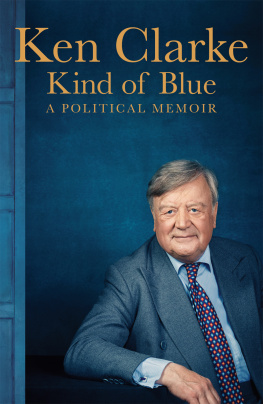
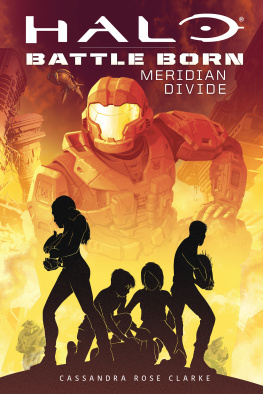
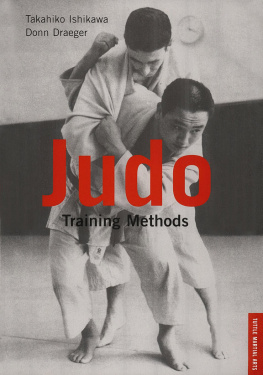
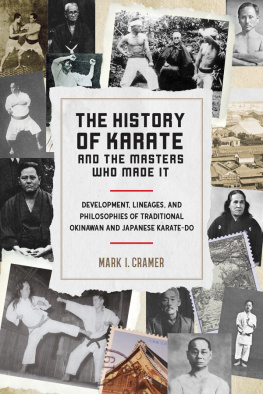
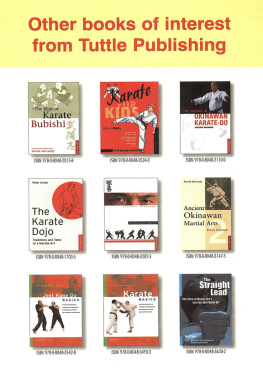

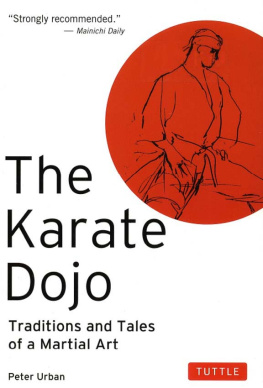
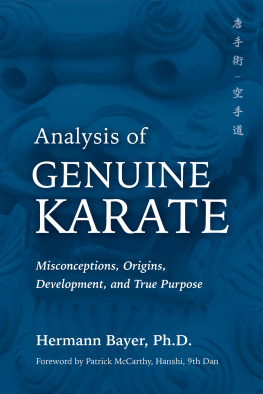


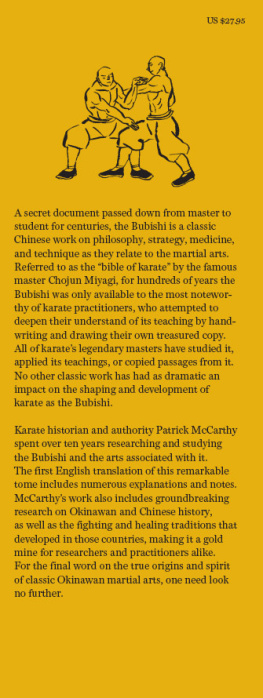

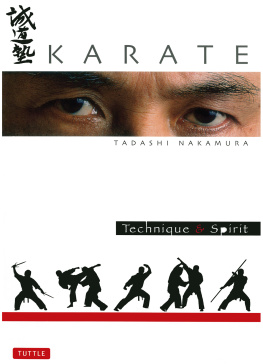
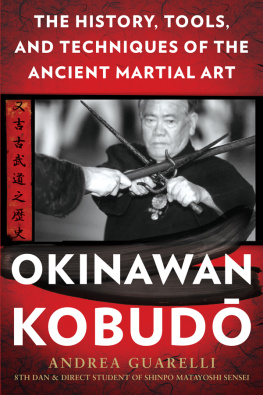

 Okinawas black ships traded across southeast Asia
Okinawas black ships traded across southeast Asia